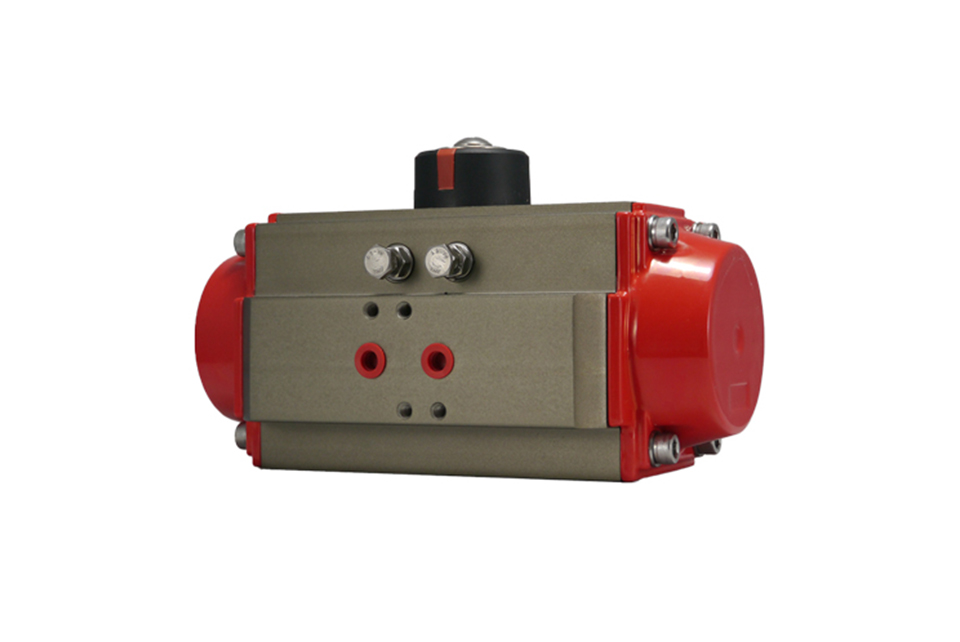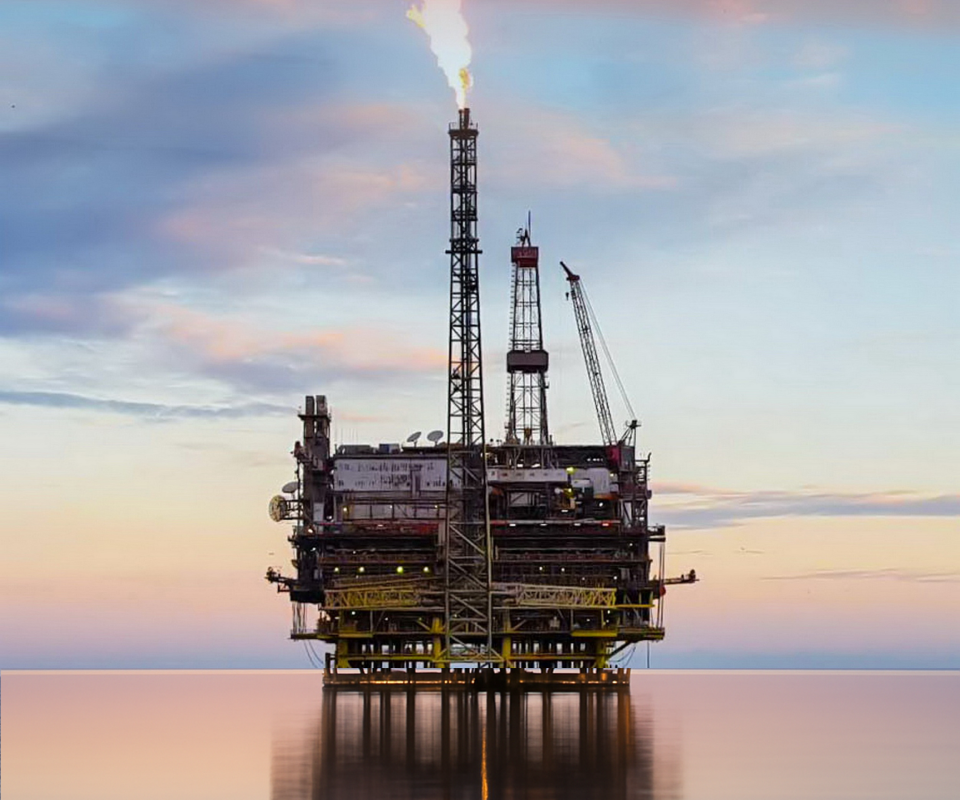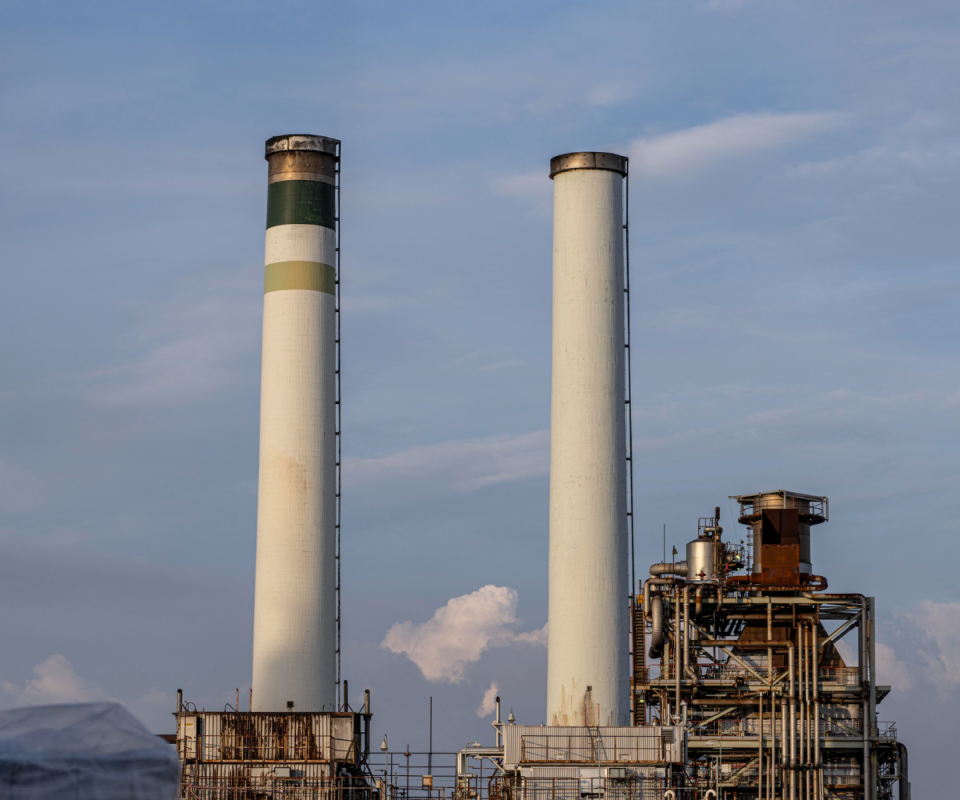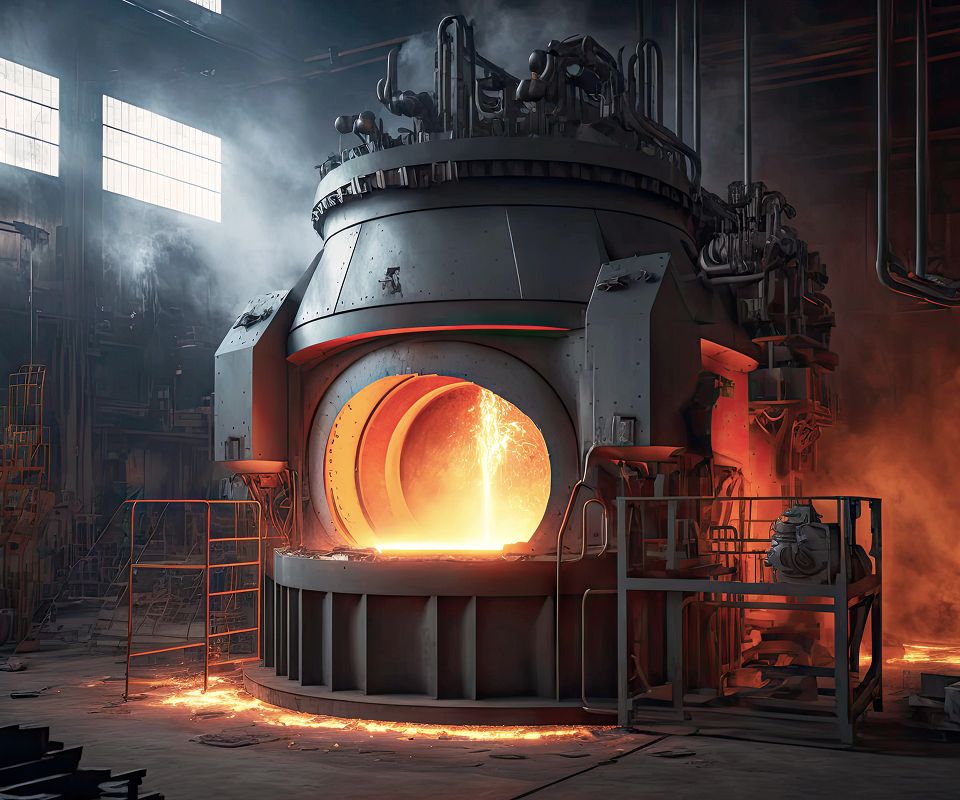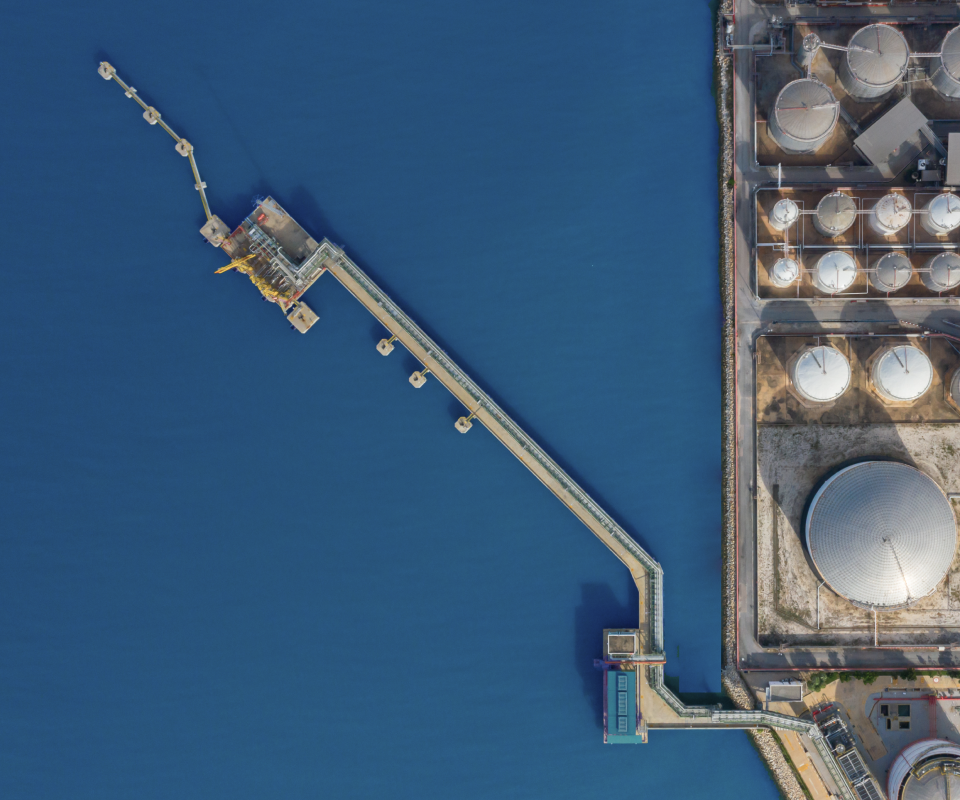-
Rack and pinion dual-piston symmetrical structure design, featuring rapid and stable operation, high precision, large output power, and reversible rotation direction achievable through simple piston repositioning.
-
Extruded high-quality aluminum alloy cylinder block with precision-machined inner bore and hard anodized outer surface (anodized + Teflon coating in special cases), ensuring extended service life and low friction coefficient.
-
Integrated design where all double-acting and single-acting actuator models share identical cylinder blocks and end caps, facilitating easy conversion between operation modes by adding or removing springs.
-
Modular preloaded safety spring assembly allows for convenient and safe adjustment of spring quantity during both assembly and on-site maintenance.
-
Two independent external side adjustment screws enable precise positioning of valve open/close positions even when the actuator is already installed; additional longer adjustment screws on both end caps provide full-stroke adjustment capability.
-
Multi-functional position indicator with visual on-site display, compliant with VID/VIE3845 and NAMUR standard slots, enabling seamless integration and output for all accessories such as limit switch boxes, electric positioners, and position sensors (Pepperl+Fuchs, Turck).
-
Air supply ports conform to NAMUR standards, allowing direct installation of NAMUR-standard solenoid valves.
-
Composite bushings on the back of the rack, piston guide rings, and output shaft bearings prevent metal-to-metal contact and reduce friction, ensuring smooth operation and extended service life.
-
All fasteners are made of stainless steel materials for long-term corrosion resistance.
-
Connection components comply with the latest international standards ISO5211 and DIN3337 (F03-F25), ensuring interchangeability and universal compatibility during installation.
(1) Before installation, check that the product model, tag number, and specifications match the requirements. Inspect the entire valve for missing or loose parts.
(2) Prior to installation, clean the pipeline. Ensure there is sufficient straight pipe section at the valve inlet and install a filter. When connecting the valve body to the pipeline flanges, ensure coaxiality.
(3) Thoroughly clean the pipeline before installing the valve.
(4) The installation site should ensure the safety of personnel and equipment, facilitating operation, disassembly, and maintenance.
(5) The valve should be installed vertically upright on horizontal pipelines. If necessary, it can be installed at an angle, but horizontal installation should be avoided. For occasions with heavy valve weight or vibration, use a support frame.
(6) The medium flow direction must align with the arrow on the valve body. The air supply should be dry and oil-free. The valve should be used in environments with temperatures ranging from -20℃ to 55℃.
(1) Cleaning the Valve: For general media, cleaning with water is sufficient. For media harmful to health, first understand their properties and then select an appropriate cleaning method.
(2) Disassembly: Remove rust from exposed rusted parts first. Before derusting, protect the machined surfaces of precision parts such as the valve seat, valve plug, valve stem, and push rod. Use special tools when disassembling the valve seat.
(3) Valve Seat: Minor rust or wear on the sealing surface can be repaired by machining. If damage is severe, replace the seat. However, both repaired and replaced hard sealing surfaces must be lapped.
(4) Valve Stem: If the surface is damaged, it must be replaced.
(5) Damage to Push Rod, Guide, and Sealing Surfaces: Reverse-acting actuators must be replaced; direct-acting actuators can be reused after proper repair.
(6) Compression Spring: If there are cracks or other defects affecting strength, replace it immediately.
(7) Wear Parts: Packing, gaskets, and O-rings must be replaced entirely during each maintenance. Check the valve plug and diaphragm for cracks, aging, or corrosion that may cause future failures. Decide whether to replace them based on inspection results, but the diaphragm service life should not exceed 2-3 years.
(8) When reassembling the valve, ensure alignment. Tighten bolts diagonally and lubricate sliding parts. After reassembly, debug the valve according to the factory test items and methods. During this period, accurately adjust the packing compression force and the valve plug closing position.
-
If the model has not been selected before ordering, please provide us with the operating parameters:
(1) Nominal diameter DN (mm);
(2) Nominal pressure (MPa or bar);
(3) Fluid properties (including medium temperature, viscosity, or acidity/alkalinity);
(4) Pressure before and after the valve (pressure differential);
(5) Requirements for flow characteristics;
(6) Materials of valve body and valve core;
(7) Connection type;
(8) Driving method (provide air supply pressure, driving voltage);
(9) Supporting accessories (for pneumatic valves, it is recommended that users install an air filter triplet and a 2-position 5-way solenoid valve);
(10) On-site working conditions. -
If the product model of our company has been selected by the design unit, please order directly from our production department according to the model;
-
When the application occasion is very important or the pipeline is relatively complex, please provide the design drawings and detailed parameters as much as possible, and our experts will review and check them for you.



